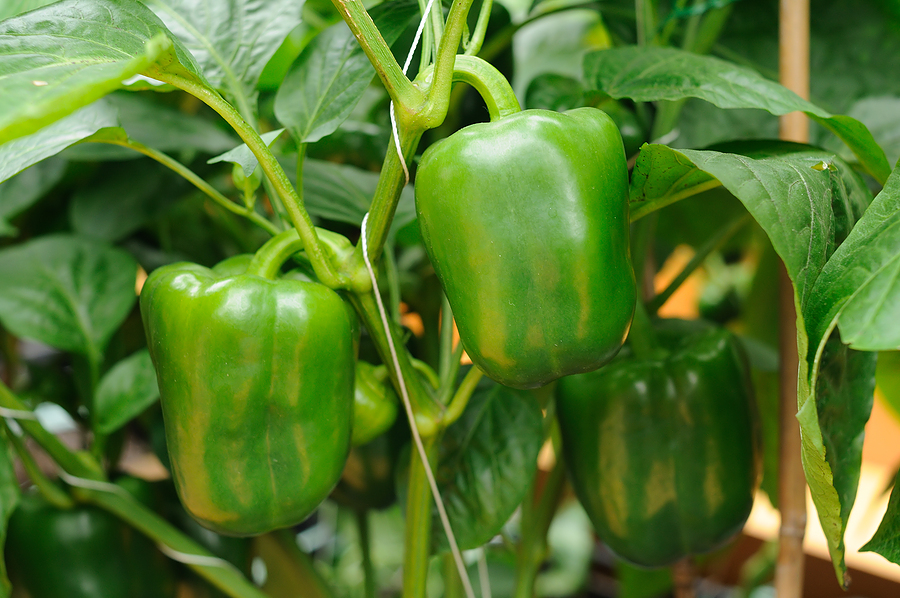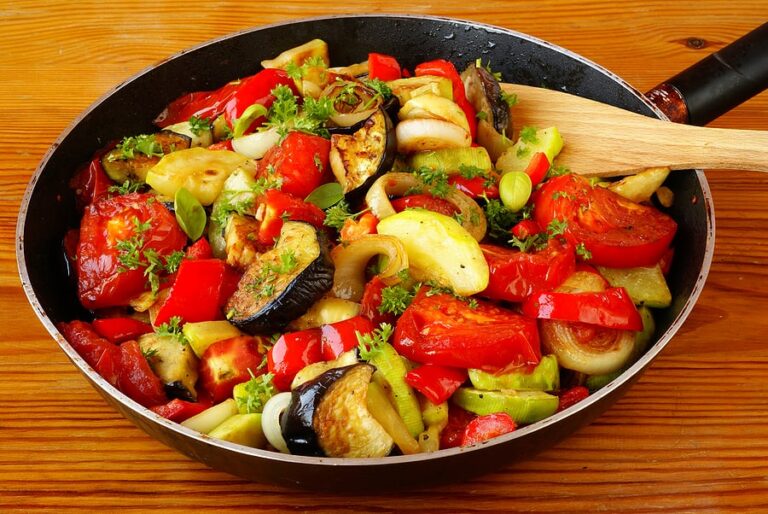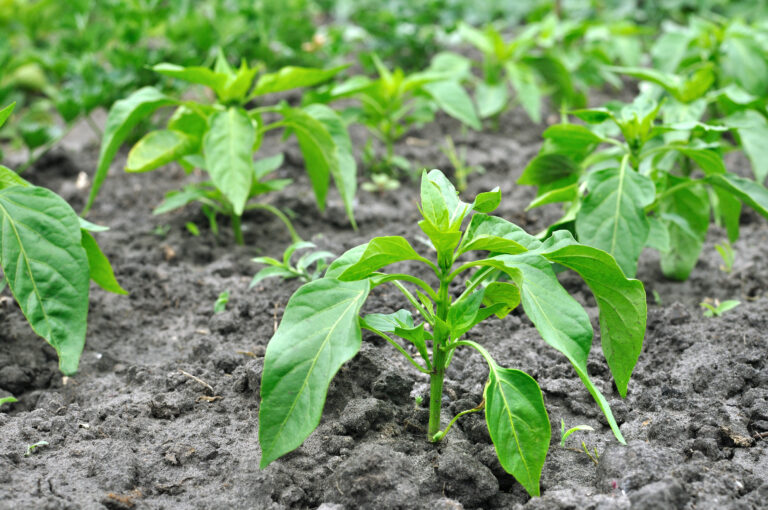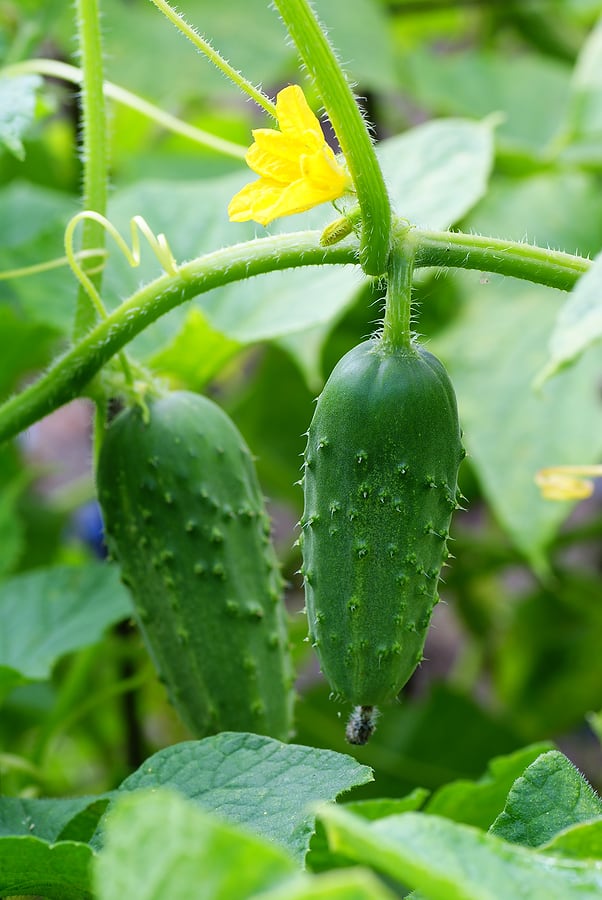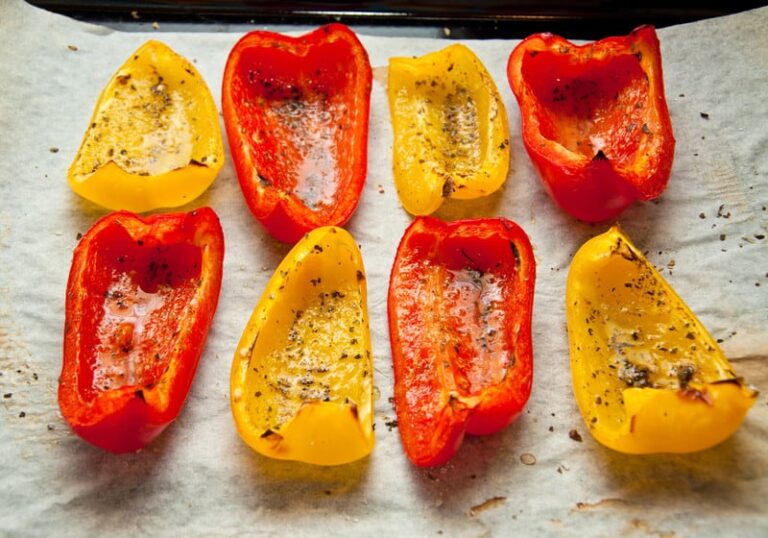How to Overwinter Pepper Plants in Any USDA Zone
Many gardeners think of peppers as annuals, but they’re actually tender perennials. With the right care, you can overwinter your pepper plants and keep them alive for several years. The approach depends on your USDA zone: in warmer regions, peppers can stay outside with minimal protection, while in colder regions, they need to be brought indoors.
This guide will walk you through the steps to overwinter peppers successfully—whether you garden in Zone 11 or Zone 5.
Why Overwinter Peppers?
- Earlier harvests: Plants already established in spring start producing weeks ahead of new seedlings.
- Bigger yields: Stronger root systems support more flowers and fruit.
- Save time and money: Less seed starting, fewer transplants to buy.
Step-by-Step: Overwintering Peppers
1. Select Healthy Plants
At the end of the season, choose vigorous, disease-free plants to keep. Discard any that are weak, pest-ridden, or unproductive.
2. Prune Back Hard
Cut plants down to 8–12 inches tall, leaving only 2–3 strong Y-shaped branches. Remove all fruit, flowers, and most leaves. This signals the plant to rest.
3. Adjust Care by Zone
- Zones 9–11 (mild climates): Peppers often survive outdoors year-round. Prune, mulch around the base, and cover with frost cloth during rare cold snaps.
- Zones 7–8 (borderline climates): Plants may survive outdoors some winters with heavy mulch and protection. Safer to pot up and move to a sheltered area (porch, greenhouse).
- Zones 6 and colder (frosty climates): Dig up peppers, pot them in containers, and bring them indoors. Place in a cool, bright spot (50–65°F) or under grow lights.
4. Reduce Watering and Feeding
Over winter, water sparingly—just enough to keep roots alive. Do not fertilize until growth resumes in spring.
5. Protect From Frost
- Outdoors: Use frost cloth, row covers, or even old sheets when temperatures dip below freezing.
- Indoors: Keep peppers in bright light but cool conditions to maintain semi-dormancy.
6. Monitor Through Winter
Check plants every few weeks for pests such as aphids, mites, or whiteflies. Remove any dead or diseased growth.
7. Revive in Spring
When days lengthen and nighttime temperatures stay above 55°F:
- Increase watering and start light feeding with a balanced fertilizer.
- Prune away dead wood to encourage fresh shoots.
- Harden off indoor plants before returning them to the garden.
Chart: Best Overwintering Method by Zone
| USDA Zone | Best Method | Protection Needed | Notes |
|---|---|---|---|
| 9–11 | Leave in ground | Mulch + frost cloth on cold nights | Plants can live 2–3+ years |
| 7–8 | Pots outdoors in sheltered area OR indoors | Heavy mulch, frost cloth, or move indoors | Winter survival depends on severity |
| 6 and colder | Indoors only | Bright light + cool temps | Treat like houseplants until spring |
Month-by-Month Checklist (Adjust for Your Region)
- Fall (Sept–Nov depending on zone): Harvest last peppers, prune back, mulch or pot up.
- Winter (Dec–Feb): Keep dormant; water lightly; protect from frost.
- Early Spring (Mar–Apr): Watch for new shoots, increase water, start light feeding.
- Late Spring (Apr–May): Move outdoors once nights stay above 55°F; resume full care.
Final Tips
- Overwintered peppers often look scraggly in mid-winter—don’t discard them too soon.
- Check regularly for pests, even indoors.
- A single overwintered pepper plant can produce more fruit than two or three new seedlings.
Frequently Asked Questions About Overwintering Peppers
Can pepper plants live year-round indoors?
Yes. If you live in a cold climate, peppers can be kept as indoor houseplants over winter. Place them in a bright, cool location (50–65°F) or under grow lights. They may not fruit much indoors, but they’ll survive until spring.
How many years can a pepper plant survive?
Most peppers are short-lived perennials. With good care, they can live 2–3 years in the garden and up to 5 years or more in containers with protection.
Will peppers still produce fruit in winter?
Not usually. During overwintering, peppers rest in a semi-dormant state. Fruit production resumes when days lengthen and temperatures warm in spring.
Do all pepper varieties overwinter equally well?
Hot peppers (like jalapeños and habaneros) generally overwinter better than large-fruited sweet peppers. Smaller-fruited varieties bounce back faster in spring.
When should I bring peppers indoors?
If you garden in USDA Zone 6 or colder, bring peppers inside before the first frost. In Zones 7–8, bring them in if a hard freeze is predicted.
What’s the biggest mistake when overwintering peppers?
Overwatering. Dormant peppers need very little moisture. Keep the soil just slightly damp—never soggy.
Peppers Growing Hub
Sweet pepper articles:
- How to Plant and Grow Hot Peppers: A Gardener’s Guide to Spicy Success
- How to Grow Hot Peppers in Containers: Tips for Small Spaces
- Best Hot Pepper Varieties to Grow for Salsas, Sauces, and Drying
- How to Increase the Heat of Hot Peppers Naturally
- Pepper Plant Problems, Pests, and Diseases—How to Fix Them
- When to Harvest Hot Peppers for Maximum Heat
- How to Preserve Hot Peppers: Drying, Fermenting & Pickling
- Five Ways to Cook and Serve Chili Peppers
- How to Handle Hot Peppers Without Burning Your Skin
Hot pepper articles:
- How to Grow Sweet Peppers: A Gardener’s Guide to a Bountiful Harvest
- Best Sweet Pepper Varieties to Grow
- Pepper Seed Starting: Proven Method for Strong, Healthy Plants
- When and How to Transplant Pepper Seedlings Outdoors
- How to Water & Fertilize Sweet Bell Peppers for Maximum Yield
- Pruning Pepper Plants for Healthier Growth and Bigger Harvests
- 7 Tips for Growing Peppers in Pots
- Six Tips to Grow Peppers for Flavor
- How to Harvest Sweet Peppers for the Best Flavor
- 10 Steps to Grow a Bumper Pepper Crop
- Mid-Season Pepper Problem Cures
- Pepper Plant Problems, Pests, and Diseases—How to Fix Them

